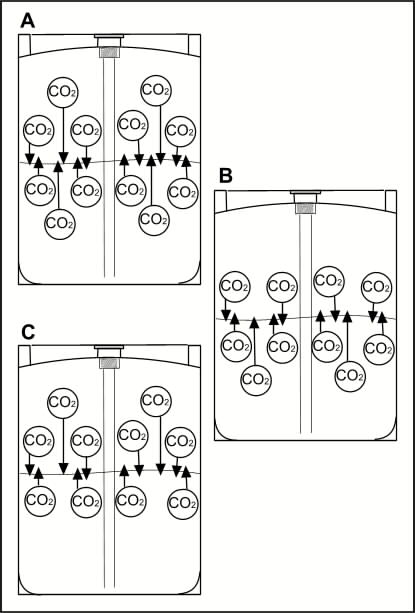What are the variables that go into calculating the proper PSI? Is there an equation out there, or is it mostly trial and error? I figure the following must be taken into account: type of beer, beer line length, temperature of beer, altitude.
I'm trying to get my 1/2 barrel bud light keg right. I know 12-14 psi is the range. I've got the standard 5 feet of beer line from the tower to the keg which resides about a foot below (chest freezer). I'm pretty close to sea level (So Cal). If my temperature is lower, does that mean I need more psi? Likewise, if my temperature is higher, does that mean I need less psi?
I'm trying to get my 1/2 barrel bud light keg right. I know 12-14 psi is the range. I've got the standard 5 feet of beer line from the tower to the keg which resides about a foot below (chest freezer). I'm pretty close to sea level (So Cal). If my temperature is lower, does that mean I need more psi? Likewise, if my temperature is higher, does that mean I need less psi?


Comment